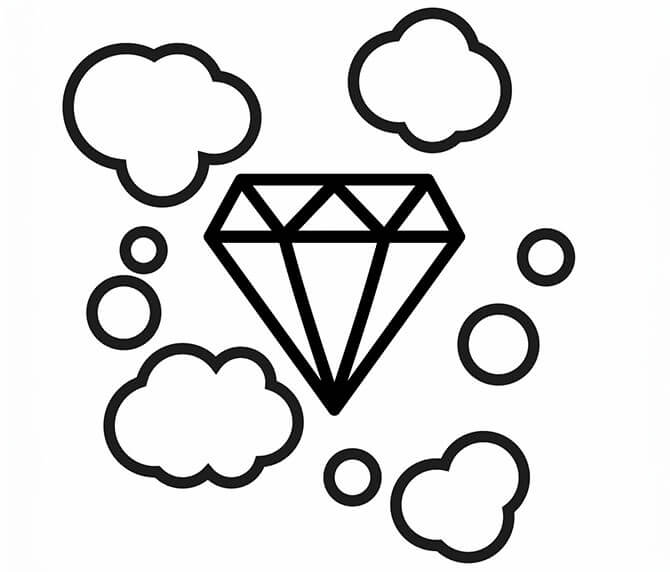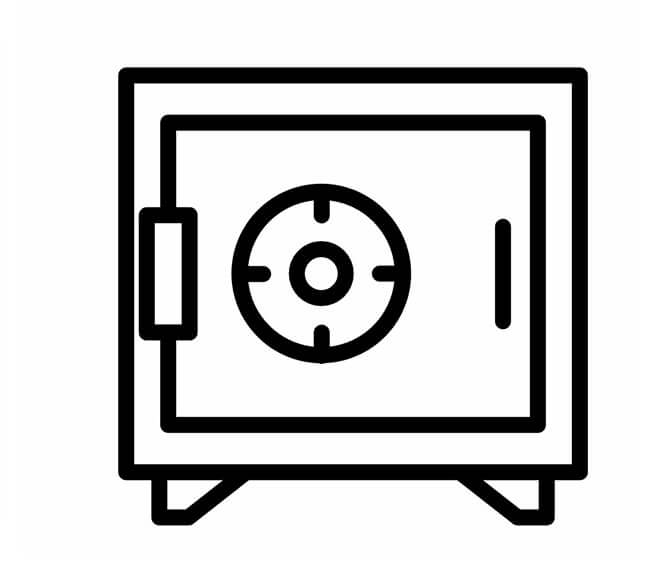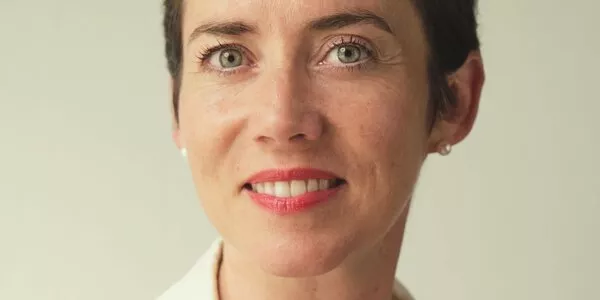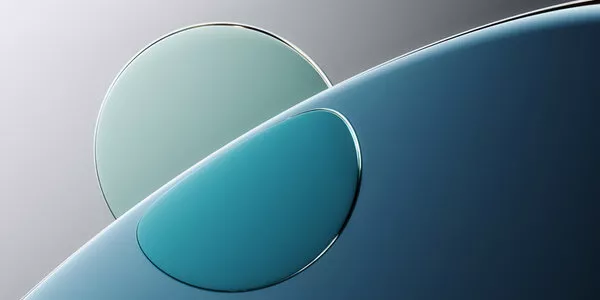
Secondhand fine jewellery: a sparkling success
Buying secondhand has become the latest trend. The luxury market is no exception. After the fashion industry, it is the turn of the fine jewellery industry to commit to attracting customers who want to consume better and consume less. And high-end secondhand jewellery certainly seems to have a bright future ahead of it: the European secondhand luxury market, made up of 80% watches and jewellery, is expected to grow by 8% by 2028.1
At the centre of the boom in secondhand jewellery is an awareness of the ecological and social impact of jewellery manufacturing. Deforestation, excessive use of water and energy, pollution of soils and rivers, the release of greenhouse gases and the exploitation of children in mines... The heavy cost of extracting metals and precious stones is no longer a secret.
And beyond just being eco-responsible, secondhand jewellery has a history that gives it special value. At a time when rare and unique pieces are popular, they no longer only attract collectors and connoisseurs but also inspire fans in search of authenticity.

The initiatives
Specialised platforms like Pi London or 58 Facets are riding the wave, in the wake of sites such as Rebel and Collector Square, the European leader in the online sale of vintage objets d’art, bags, watches and jewellery. Their challenge: to make premium secondhand jewellery 100% circular and more accessible. Buyers are finding their hearts’ desire among thousands of items graded and certified by experts, and at the same time unearthing real treasures that are sometimes literally centuries old.
While many major jewellery houses have understood their interest in investing in this market segment, offering collections for sale that are of sufficient vintage to avoid cannibalising their newer ranges, many are still hesitant to enter the market. To support them and fight against counterfeiting, eBay launched a partnership programme in the spring: Certified by Brand. The service allows you to acquire a secondhand piece of jewellery, a watch or a luxury handbag already authenticated by the brand, reducing the risks involved.
By Élodie Epaillard, journalist.
1. https://www.journalduluxe.fr/fr/business/marche-produits-luxe-seconde-main-croissance-2022-2028
2. https://www.journaldunet.com/ebusiness/commerce/1511507-la-joaillerie-doit-accelerer-sa-transition-vers-l-economie-circulaire/
3. https://www.francetvinfo.fr/culture/noel-fetes-de-fin-annees/noel-2022-le-bijou-est-le-bien-le-plus-durable-qui-soit-dans-le-monde-assure-cette-plateforme-qui-propose-des-pieces-de-joaillerie-responsables_5554650.html





